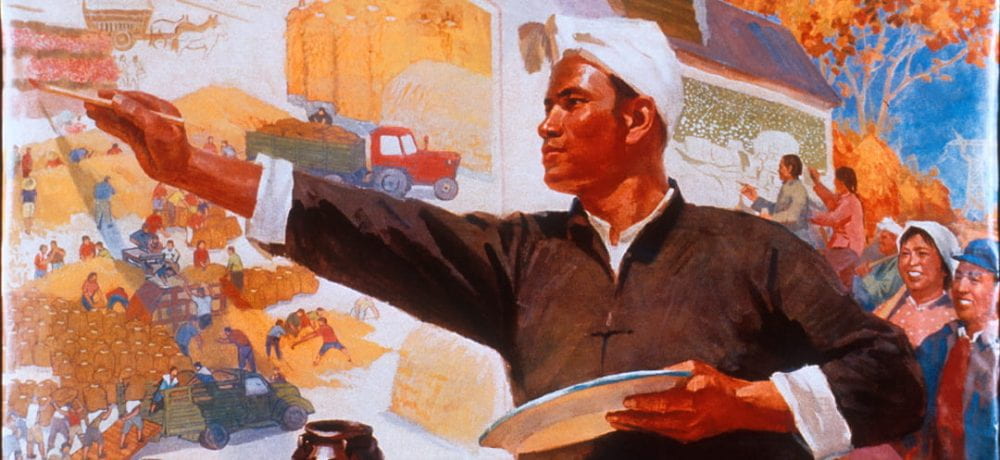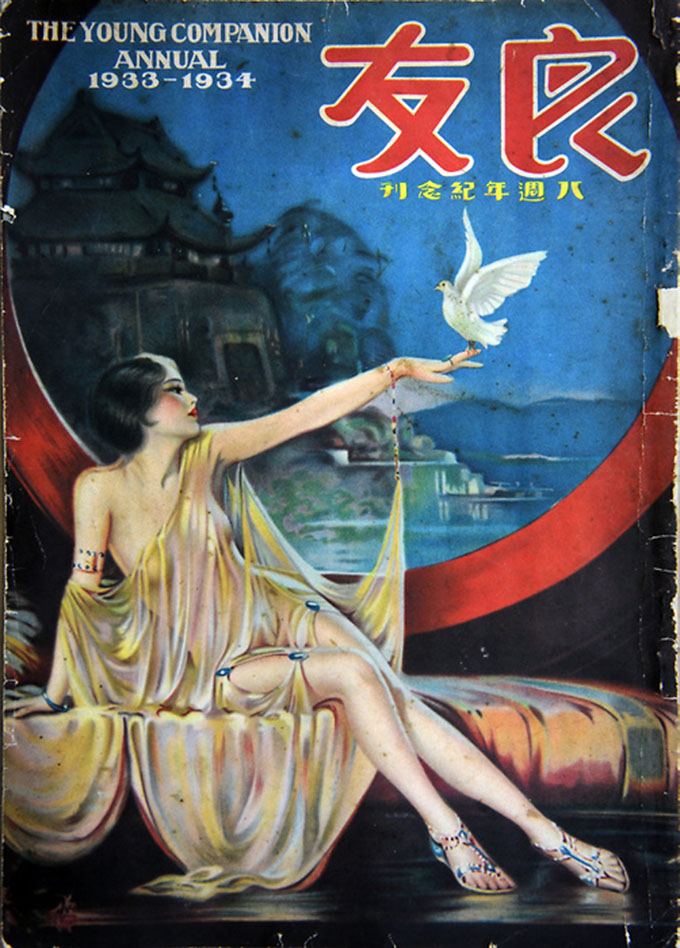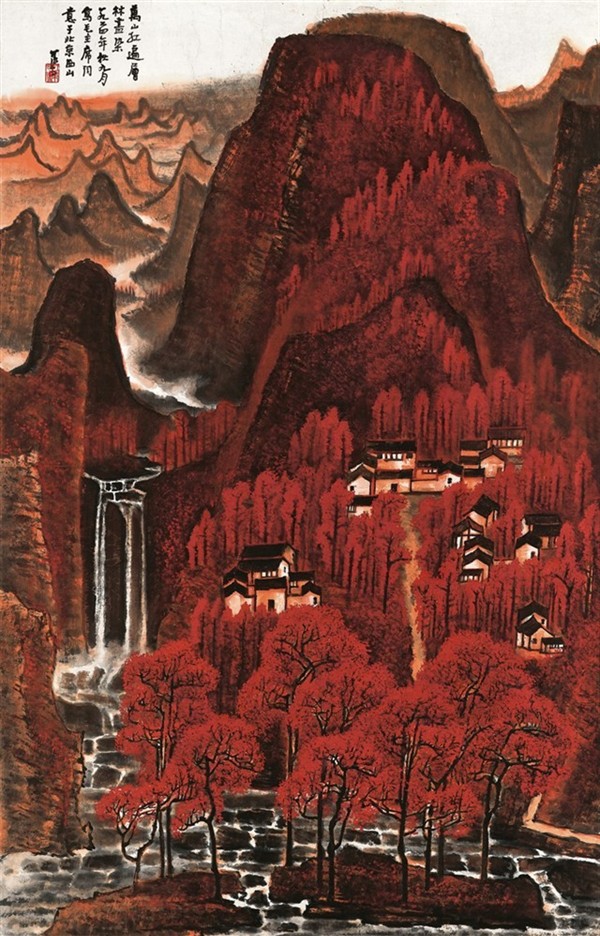Artist Cai Guo-Qiang was born in the city of Quanzhou in 1957, eventually receiving a degree in stage design form the Shanghai Drama Institute (“Cai Cuo-Quiang.”). Shortly after, in 1986 Cai moved to Japan for 9 years before setting up a more permanent residence in New York, where he lives to this day (“Cai Cuo-Quiang.”).
Cai is known for his works in a number of mediums such an installation and drawing, however, some of his most famous work is with gunpowder (“ABOUT THE ARTIST • Cai Guo-Qiang.”). This work is believed to be influenced by the Chinese Cultural Revolution which began in 1966 when he was nine years old (“Cai Guo-Qiang Artist Overview and Analysis”). At the time, cannons firing and other gunpowder related activities were commonly witnessed in day to day life. As he moved into his teenage years and the Revolution continued he discovered fireworks and found he could “liberate himself through the medium of gunpowder” (“Cai Guo-Qiang Artist Overview and Analysis”). Due to this, his art includes grand displays of gun powder, almost like a fireworks display. Along with that, for more permanent art pieces he paints with gunpowder directly on paper, canvas and other surfaces (“Cai Cuo-Quiang.”).

“Black Peony” Gunpowder on Porcelain https://caiguoqiang.com/projects/projects-2019/ashmolean-gunpowder-art/ An example of how Cai makes still, permanent art while still embracing his love for gunpowder.
No matter what medium Cai is practicing however, he seems to have a habit of making it socially relevant, with some sort of message behind the visual. Some examples of this include a photo series he did with explosives commenting on atomic bombs(“Cai Cuo-Quiang.”) and an installation in which he covered a room in large red drapery, hanging paper funeral lanterns above, except instead of having the laters in their usual shapes he crafted them to look like everything from fighter jets to washing machines (Bartelik 2002).
Works Cited
Bartelik, Marek. 2002. “Cai Guo-Qiang.” Artforum International, Summer, 189. https://search-proquest-com.libproxy.union.edu/docview/214354001?accountid=14637.
“ABOUT THE ARTIST • Cai Guo-Qiang.”, Retrieved Apr 10, 2020. (https://caiguoqiang.com/about-the-artist/).
“Cai Cuo-Quiang.”2013. , Retrieved Apr 10, 2020. (https://www.guggenheim.org/blogs/map/parts-and-wholes).
“Cai Guo-Qiang Artist Overview and Analysis”. [Internet]. 2020. TheArtStory.org
Content compiled and written by Sarah Frances Dias
Edited and revised, with Synopsis and Key Ideas added by Kimberly Nichols
Available from: https://www.theartstory.org/artist/cai-guo-qiang/life-and-legacy/
First published on 12 Apr 2018. Updated and modified regularly
[Accessed 10 Apr 2020]












